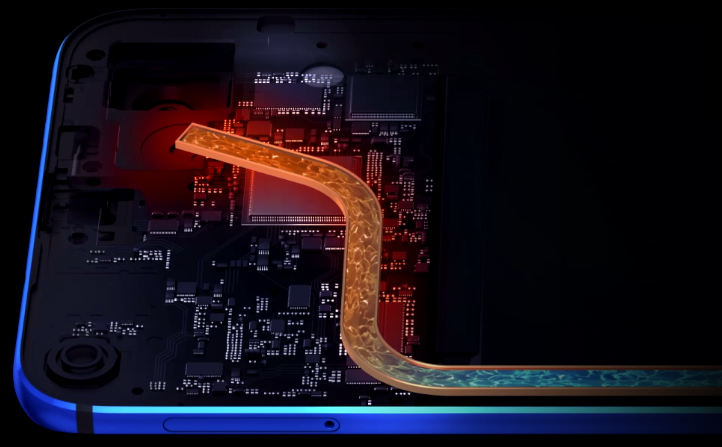A future iPhone may adopt vapor chamber cooling technology, rumors say
- Famous analyst Ming-Chi Kuo reported that Apple is aggressively testing ‘vapor chamber’ cooling technology for a future version of the iPhone.
- It uses a special liquid that helps to dissipate heat through a ‘vaporization and condensation’ process.
- This technology is significantly more efficient and helps in maintaining peak performance.
According to reliable analyst Ming-Chi Kuo (reliability: 80.95%) from TF International Securities, Apple is aggressively testing vapor chamber cooling technology for a future version of the iPhone.
The iPhone’s critical reason not to adopt VC is because of its reliability test results that cannot meet Apple’s high requirements. Still, we are optimistic about the VC reliability improvement schedule and expect that at least high-end iPhone models would be equipped with VC in the near future. — Reported by Kuo

A vapor chamber cooling system is basically a miniaturized version of the liquid cooling system found in high end gaming PCs and servers. The functionality of the system is such that a special liquid is evaporated when the temperature of the internal components reach the specific latent heat. This in turn converts the liquid into vapor which is then spread out through the entire body of the device, dissipating the heat of the internal components. Once the temperature returns back to normal conditions, it condensates back into liquid.
This technology is said to be more efficient in dissipating heat, and offers longer sustained peak performance when compared to current cooling systems. With Apple implementing 5G in their new iPhones, and with the insane performance of the A14 Bionic chip, it seems inevitable for iPhones to get hotter under intense workloads. A VC cooling system sounds like a legitimate solution for such conditions, providing less overheating and faster performance with less drop in frame rates. It will even help in maintaining peak performance of the iPhone, instead of throttling down due to thermal limitations.
 Even though it sounds like a reasonable solution for heating problems, this technology hasn’t been able to meet Apple’s high standards yet in several tests conducted by them over the past few years. Therefore it’s unclear whether it will be able to make its debut this year. Moreover, this technology will result in an increase in the weight of the iPhone making it heftier and thicker. Although this technology seems new for the iPhone, many rivals such as Asus, Razer, Huawei and Samsung already featured variations of this technology a few years ago with different levels of success.
Even though it sounds like a reasonable solution for heating problems, this technology hasn’t been able to meet Apple’s high standards yet in several tests conducted by them over the past few years. Therefore it’s unclear whether it will be able to make its debut this year. Moreover, this technology will result in an increase in the weight of the iPhone making it heftier and thicker. Although this technology seems new for the iPhone, many rivals such as Asus, Razer, Huawei and Samsung already featured variations of this technology a few years ago with different levels of success.
 This rumor has started gaining more traction recently, especially with another recent rumor stating that the iPhone is getting slightly thicker this year. It’s important to point out that most of these rumors don’t seem to be very likely for this year's iPhone, since Apple’s engineers have already stated it to likely be an “S” version over the current lineup.
This rumor has started gaining more traction recently, especially with another recent rumor stating that the iPhone is getting slightly thicker this year. It’s important to point out that most of these rumors don’t seem to be very likely for this year's iPhone, since Apple’s engineers have already stated it to likely be an “S” version over the current lineup.
There have been many other rumors over the past few months, such as the addition of LTPO display technology, as well as an 'in-screen Touch ID sensor' and even the possibility of Apple ditching the Lightning port.
Recommended by the editors:
Thank you for visiting Apple Scoop! As a dedicated independent news organization, we strive to deliver the latest updates and in-depth journalism on everything Apple. Have insights or thoughts to share? Drop a comment below—our team actively engages with and responds to our community. Return to the home page.Published to Apple Scoop on 22nd January, 2021.
No password required
A confirmation request will be delivered to the email address you provide. Once confirmed, your comment will be published. It's as simple as two clicks.
Your email address will not be published publicly. Additionally, we will not send you marketing emails unless you opt-in.